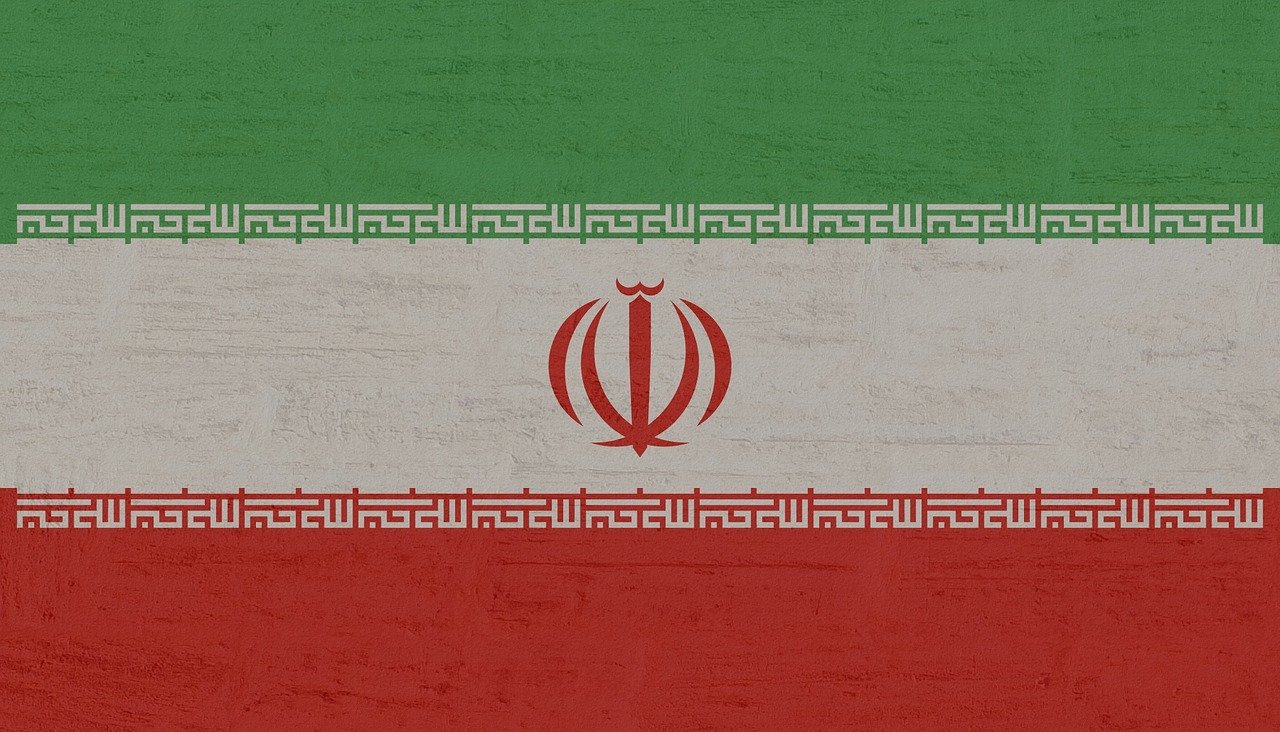Last Updated on October 18, 2025
Iran has announced the discovery of huge new natural gas reserves totaling 283 billion cubic meters in the Pazan gas field, located in the southern province of Fars. That potentially increases the Iran’s gas reserves in 2025, making them one of the biggest in the world. The announcement was made by Iran’s Oil Minister, Mohsen Paknejad, who emphasized that the find could play a vital role in shaping the country’s energy balance for decades.
The field is notable because for the first time Iranian specialists identified a horizontal reservoir layer containing at least 200 million barrels of crude oil, with strong potential for even larger discoveries.
Iran’s Position in Global Energy
Iran holds the second-largest proven natural gas reserves in the world (after Russia), but its domestic energy picture is complex. Despite its vast reserves, Iran faces seasonal gas shortages, especially in winter, due to high domestic consumption, inefficient infrastructure, and export limitations.
In addition, Iran remains one of the world’s largest oil producers, though its capacity to export has been severely restricted by U.S. and European sanctions. These sanctions target its ability to sell oil and gas on global markets, limiting Iran’s energy revenues and investment in production technology.
Call for Russian Energy Companies
Iran’s Deputy Oil Minister Omid Shakeri told Russia’s RIA Novosti that the country would welcome Russian participation in developing both oil and gas fields. Specifically, Tehran is inviting Russian firms to take part in the exploration and development of the newly discovered Pazan field.
This outreach highlights Iran’s ongoing strategy of strengthening ties with Russia and China in energy cooperation, partly to offset Western sanctions.
Sanctions and Economic Challenges
For decades, international sanctions have shaped Iran’s energy industry. Key effects include:
- Reduced foreign investment – Western oil majors have exited the Iranian market, leaving projects underfunded.
- Technology gap – Restrictions prevent Iran from accessing the latest drilling and refining equipment.
- Declining exports – Iran’s oil exports dropped sharply after U.S. sanctions were reimposed in 2018.
Despite this, Iran continues to find new reserves and seeks to monetize them through partnerships with non-Western allies.
Interesting Facts About Iran’s Oil & Gas Sector
- Iran has about 17% of the world’s proven natural gas reserves.
- It shares the massive South Pars/North Dome gas field with Qatar — the largest gas field in the world.
- Iran is a founding member of OPEC.
- Gas is critical domestically: over 70% of Iranian households rely on natural gas for heating.
- Iran’s refinery capacity has grown significantly, making it more self-sufficient in gasoline production.
What It Means for Global Investors
For personal finance and global market watchers, Iran’s discoveries raise important questions:
- Energy security: New reserves may eventually strengthen global supply if sanctions ease.
- Geopolitics: Partnerships with Russia could deepen the divide between Western and Eastern energy blocs.
- Oil & gas prices: Large reserves like Pazan add to long-term supply outlooks, potentially capping prices.
- Risk factor: Until sanctions are lifted, Iran’s ability to monetize these reserves is limited.
Bottom Line
Iran’s gas reserves at the Pazan field highlights the country’s untapped potential as an energy powerhouse. With 283 billion cubic meters of gas and 200 million barrels of oil, the find could reshape Iran’s long-term energy strategy.
But sanctions remain the key obstacle. Unless restrictions ease, Iran will rely on partners like Russia to unlock the value of these reserves. For investors, the development underscores both the geopolitical risks and long-term potential of global energy markets.
FAQs: Iran’s New Gas Discovery
Q1: How big is Iran’s new gas discovery?
A: The Pazan field contains 283 billion cubic meters of gas and about 200 million barrels of oil.
Q2: Why is Iran inviting Russian companies?
A: Iran seeks Russian investment and expertise, given restrictions on Western firms due to sanctions.
Q3: How large are Iran’s gas reserves?
A: Iran has the second-largest natural gas reserves in the world, after Russia.
Q4: Why does Iran still face energy shortages?
A: High domestic demand, inefficient infrastructure, and sanctions that limit foreign investment.
Q5: What impact could this have on global markets?
A: If sanctions ease, Iran could become a larger exporter, increasing global supply and affecting prices.

